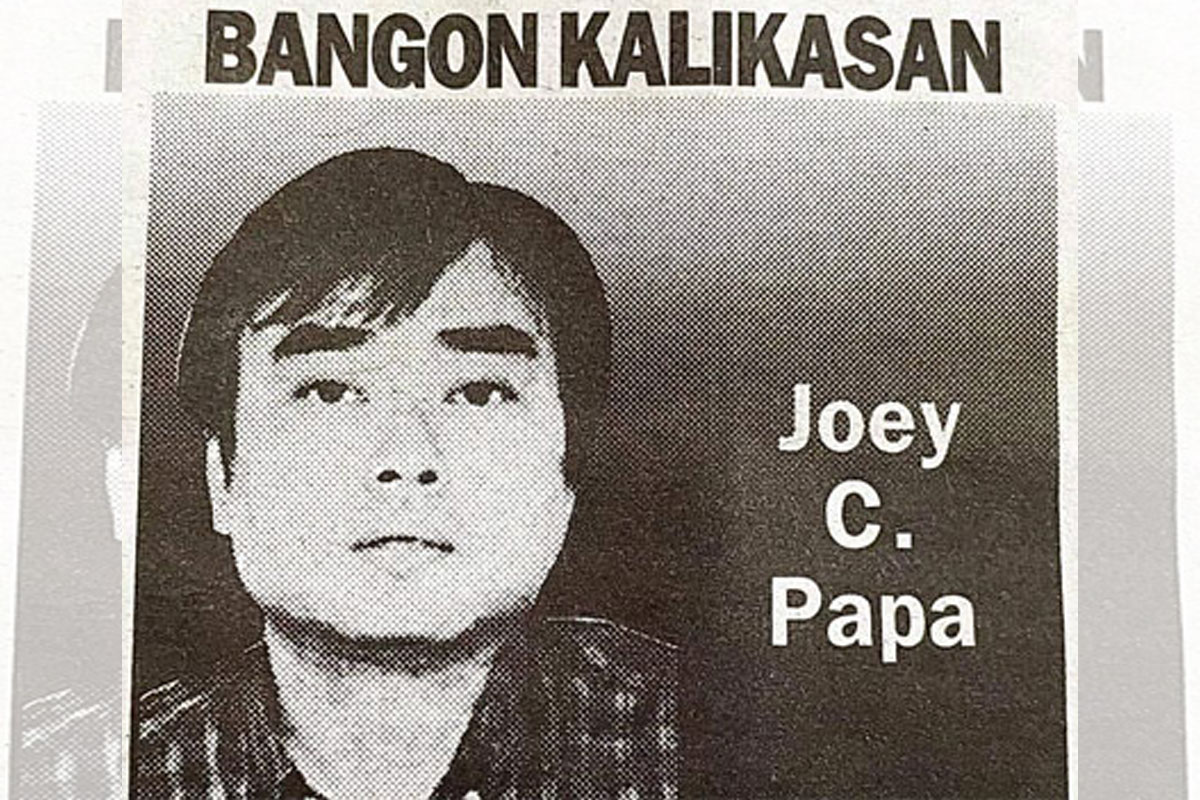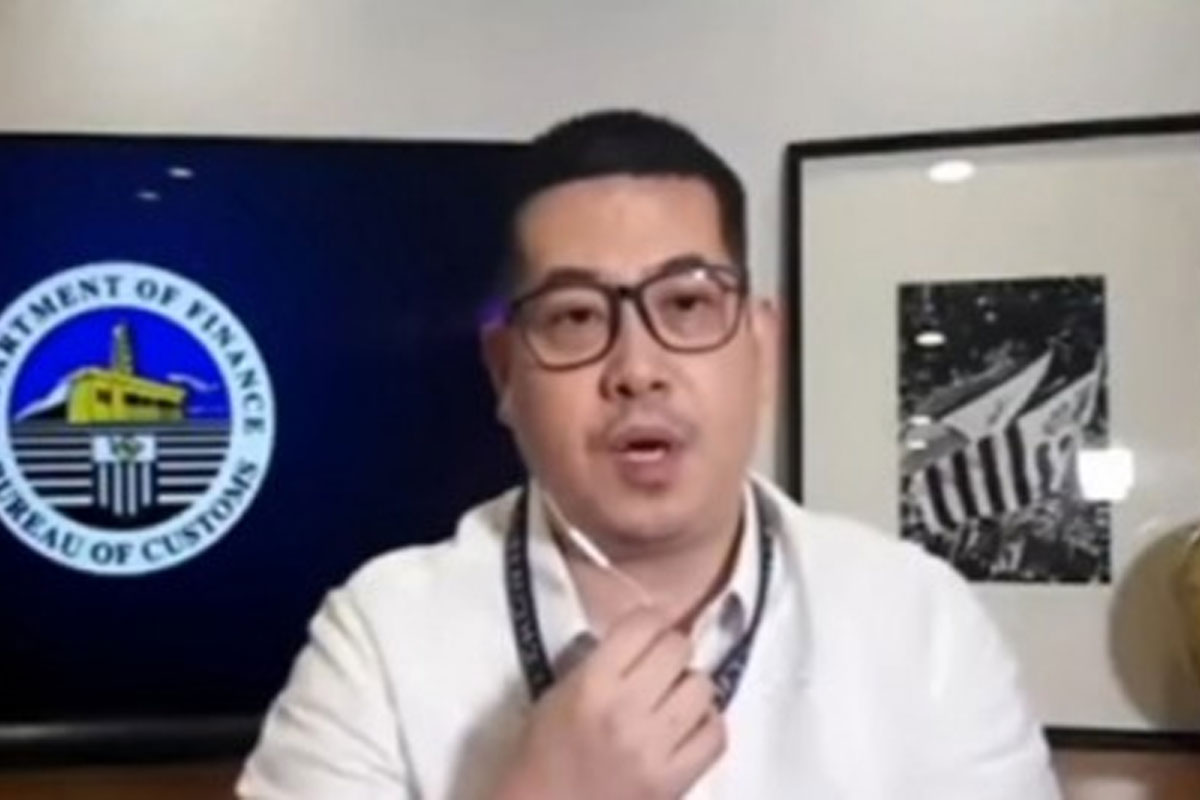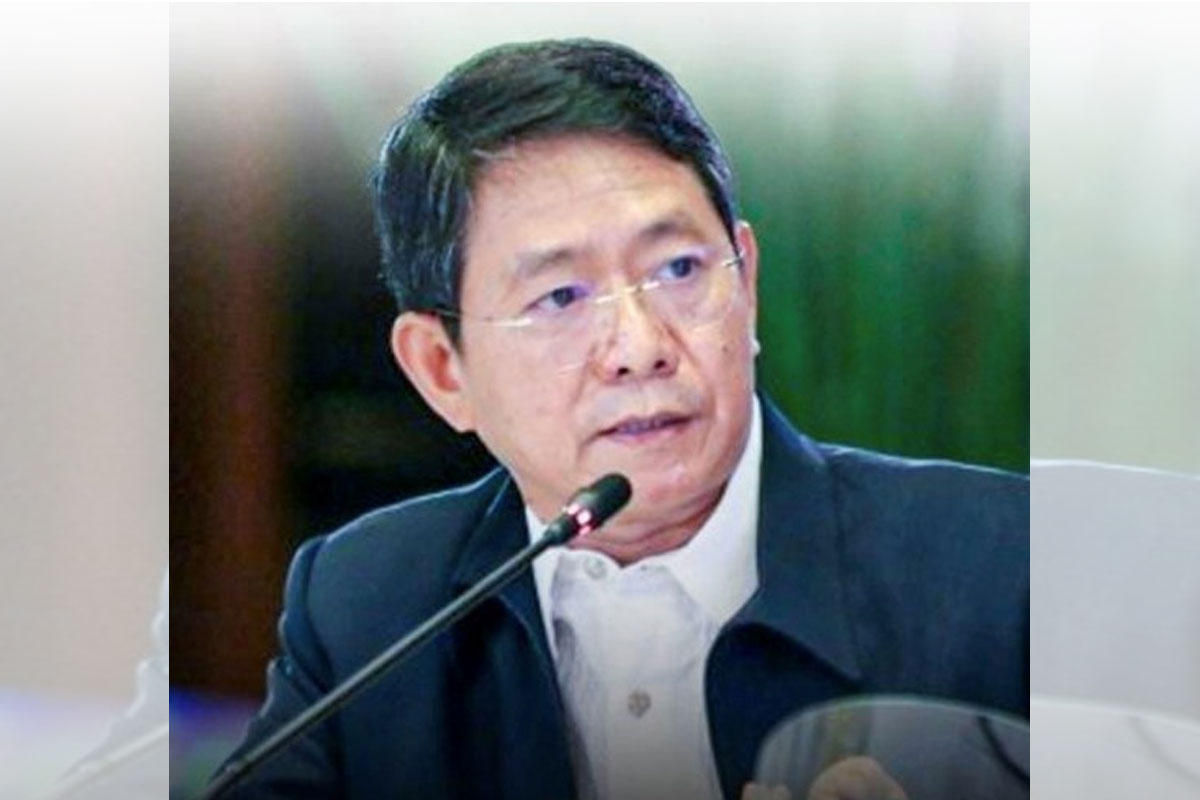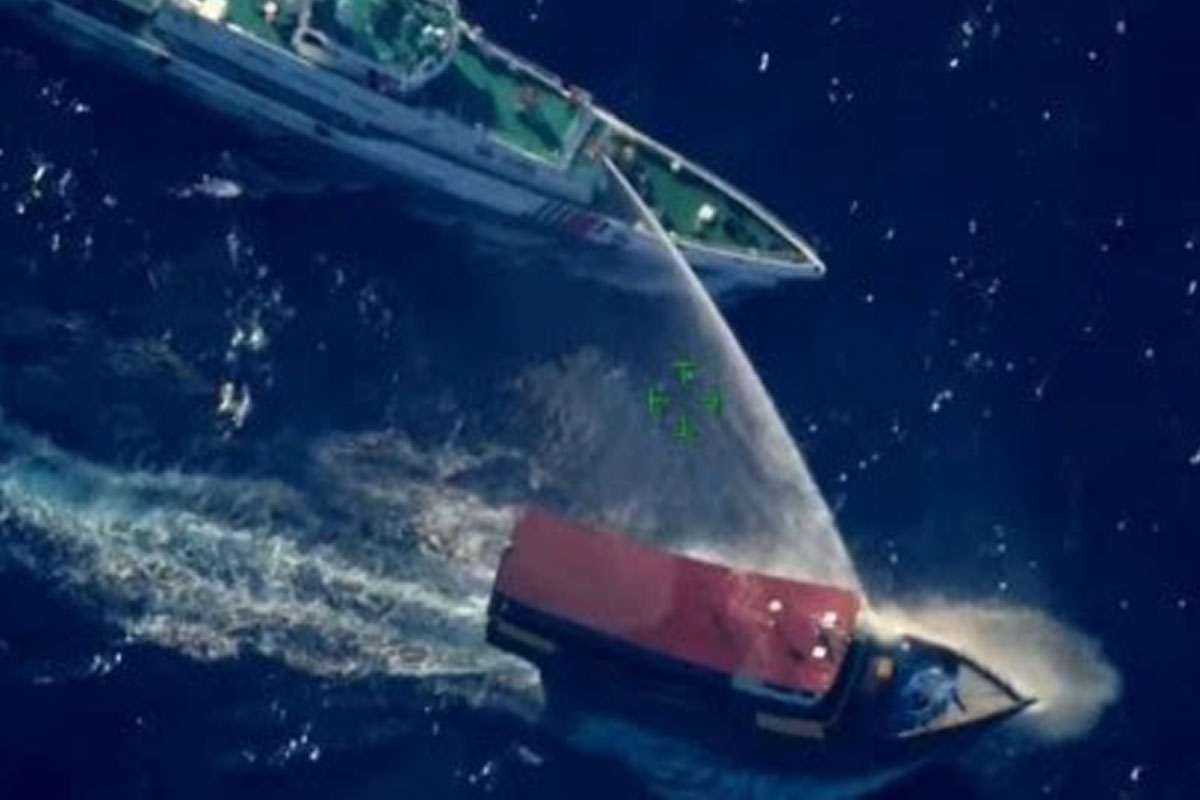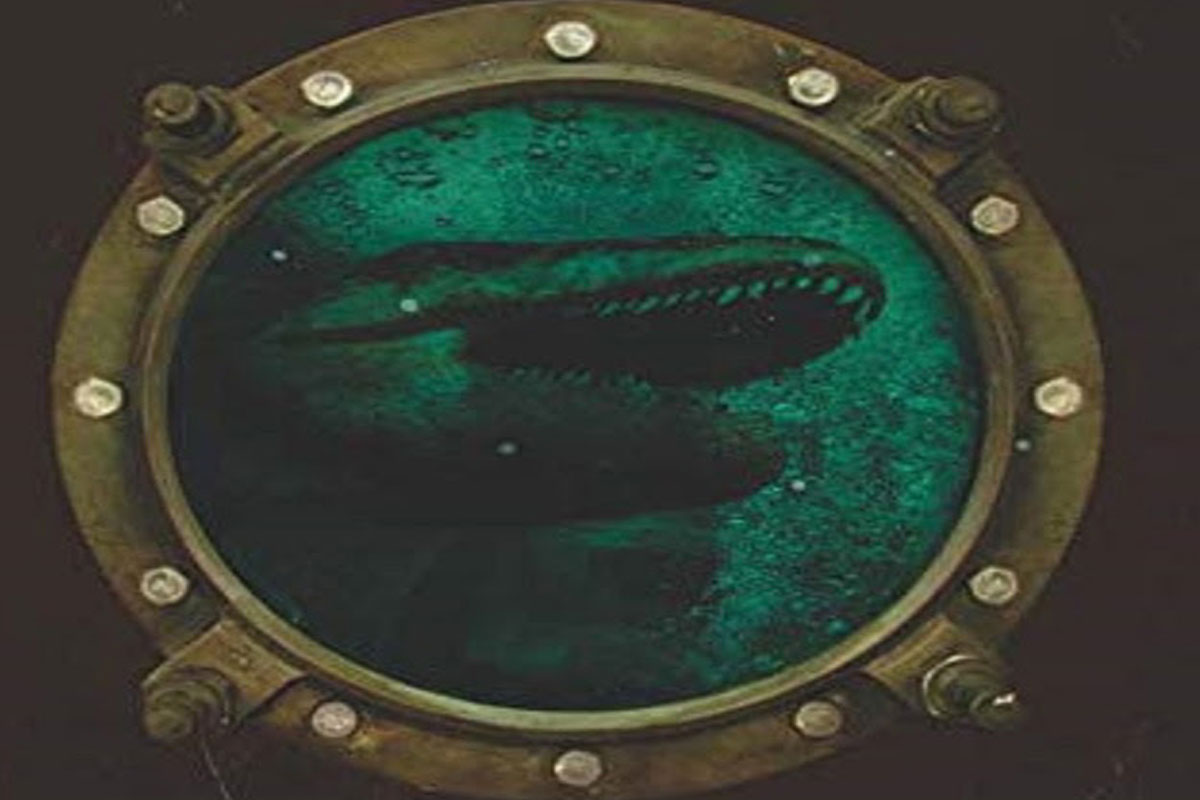
The Loch Ness Monster, Aleister Crowley and Why the Nessies are Supernatural – Part 1
Aleister Crowley
Loch Ness
magic
Just about everyone has heard of the Loch Ness Monster. But, what about another, certain “beast” at Loch Ness? Born in the English county of Warwickshire on October 12, 1875, Edward Alexander Crowley is far better known, today, by his much more infamous and near-legendary moniker, the “Great Beast.” He also became known as the “Wickedest Man in the World.” Brought up in a strict, Christian household, one that allowed no room for questioning religious teachings, it was practically inevitable that Crowley would exhibit a significant amount of teenage rebellion. Although he entered the highly respectable Trinity College, Cambridge in 1895, it wasn’t long before young Aleister was on the look-out for new pursuits, adventures and wild times. It was also during this period he took on another name: The Great Beast, 666. Three years later, he was a member of the Hermetic Order of the Golden Dawn (which practiced occult rituals to achieve personal and spiritual development of the highest level, and contact with divine, supernatural entities), and by 1900 he was a fully-fledged 33rd degree Mason.
Then, in 1904, Crowley established the school of Thelema, the ethics and teachings of which Crowley spelled out in the pages of The Book of the Law. “Do what thou wilt shall be the whole of the law,” and “Love is the law, love under will,” were the two, prime directives adhered to by Thelemites everywhere. Such could only be achieved by adhering to the teachings of magickal ritual and rite. It’s notable that the writing of The Book of the Law took place while Crowley was honeymooning with his wife, Rose, in Cairo, Egypt. It was indeed a magickal time. Crowley did his best to summon up into our reality various elemental spirits. Rose, meanwhile, channeled messages concerning the falcon-headed Egyptian god, Horus. It was, then, quite the alternative way in which to celebrate one’s marriage! But not for Crowley: for him the extraordinary was the norm, as was living life to the full, giving his body and soul to what many might call the dark side, and provoking outrage and shock just about everywhere he went. And that just happened to include Loch Ness.
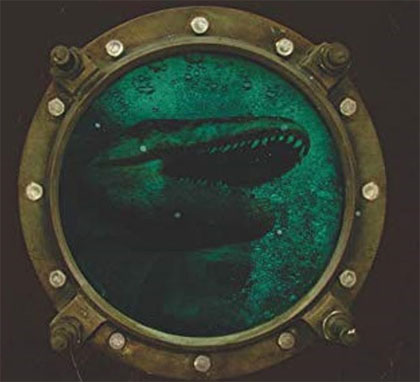 From one beast to another
From one beast to another
It’s important to note that it was not random chance that, in 1899, took Aleister Crowley to Loch Ness. The location was as important as the purpose he had in mind. In some respects, it was even more important. Crowley’s goal was to perform what he termed the great Operation of the Sacred Magick of Abramelin the Mage. And to successfully perform it meant finding an abode that perfectly fitted the requirements of the ritual, one that had to be specifically situated in an isolated spot. Since Crowley had specific and highly complex needs, I have presented for you, below, his very own words on this matter. They demonstrate exactly how much work went into finding what ultimately turned out to be a place called Boleskine House. Just before we get to Crowley, however, a brief bit of background on the old manor-house is required.
Built on the south-east side of Loch Ness, in the late 1700s by Archibald Fraser, Boleskine House was originally intended to be a hunting lodge. And, for many years that is exactly what it was. It stands over both the B852 loch-side road and an old graveyard, one which, ever since the house was built, has had a reputation for being a place of evil and of supernatural malignancy. The house, not far from the villages of Foyers and Inverfarigaig, is even connected to the graveyard by an old tunnel, one which is rumored to have used by witches and warlocks in centuries long gone. Not only that, although the house was not constructed until the 18th century, the locals maintain it stood upon the site of an old church, one that caught fire and which led to the death of the entire congregation that were deep in prayer when the fire broke out. Reportedly trapped, they were all roasted alive. All of which brings us back to Crowley. Of his ideal place to conduct those grand rituals, he said, in his 1922 book, The Confessions of Aleister Crowley:
“There should be a door opening to the north from the room of which you make your oratory. Outside this door, you construct a terrace covered with fine river sand. This ends in a ‘lodge’ where the spirits may congregate. It would appear the simplest thing in the world for a man with forty thousand pounds, who is ready to spend every penny of it on the achievement of his purpose, to find a suitable house in a very few weeks. But a magical house is as hard to find as a magical book to publish. I scoured the county in vain.” That is until he found a certain old house at a certain, creepy, Scottish loch. Interestingly, on coming across Boleskine House, Crowley felt an instant connection to it – and a full-blown supernatural connection, no less. He was of the feeling that Boleskine House operated, in effect, as a portal or doorway, through which supernatural entities and secrets could be channeled. It is unclear to what extent Crowley, while in residence, had an awareness of the long tradition of shape-shifting kelpies in Loch Ness. It should be noted, however, that he had at least some knowledge of the controversy. For example, he had certainly heard of – and even wrote about – magical water nymphs in Loch Ness. And, when all is said and done, a water nymph is a perfect title for a shape-shifting beast of the deep.
 Crowley, who stated that Boleskine House fulfilled all of his needs, decided to begin his magical exercise at Easter, and commenced with the construction of a terrace and a lodge, something which, in total, took around six months to complete. Crowley noted that due to certain supernatural hazards that the exercise might have provoked, he invited a colleague to share the experience with him. The man in question was Charles Rosher, like Crowley a member of the Golden Dawn, and a friend to Crowley’s teacher, Allan Bennett. Rosher intended staying with Crowley for months. He ended up leaving – or, rather, fleeing – inside of no more than three weeks. The reason: the presence of unseen, evil forces that Rosher was sure had descended upon Boleskine House and which were intent on making his life a living hell. Such was the nature of Rosher’s hasty and terrified exit, Crowley knew nothing of it until his butler informed him his friend was gone. The two did not see each other again for years.
Crowley, who stated that Boleskine House fulfilled all of his needs, decided to begin his magical exercise at Easter, and commenced with the construction of a terrace and a lodge, something which, in total, took around six months to complete. Crowley noted that due to certain supernatural hazards that the exercise might have provoked, he invited a colleague to share the experience with him. The man in question was Charles Rosher, like Crowley a member of the Golden Dawn, and a friend to Crowley’s teacher, Allan Bennett. Rosher intended staying with Crowley for months. He ended up leaving – or, rather, fleeing – inside of no more than three weeks. The reason: the presence of unseen, evil forces that Rosher was sure had descended upon Boleskine House and which were intent on making his life a living hell. Such was the nature of Rosher’s hasty and terrified exit, Crowley knew nothing of it until his butler informed him his friend was gone. The two did not see each other again for years.
If something supernatural and evil had indeed descended on Boleskine House and Loch Ness, then it didn’t take long before it began affecting and infecting the people that lived around the loch. On one occasion, shortly after moving into Boleskine House, Crowley returned to the abode after a stroll in the hills, only to find a priest sitting in his, Crowley’s, study. As pale as a ghost and deeply worried, the priest confided in Crowley himself that the keeper of the lodge-house, a man who was named Hugh Gillies, and who was described as being a lifelong teetotaler, had been totally drunk for days and even tried to murder his very own family. Things got even worse. An old friend of Crowley, from Cambridge, visited – and, like Charles Rosher, intending to stay for a lengthy period of time. He didn’t succeed either. The friend was gone in less than two weeks, after displaying panic-attack-style symptoms, and telling Crowley, in fear-filled tones, that Boleskine House was filled with terrible, malevolent spirits.
Crowley himself acknowledged the claims of a bleak and eerie atmosphere. He specifically chose to work in the one room, more than any other, that offered a fair degree of sunlight – and which was in stark contrast to the rest of the house. Even in that particular room, though, Crowley was forced to introduce artificial lighting, such was its bleak and shadowy atmosphere. It turns out that around this time Crowley had a falling out with various individuals in the Order, and so he took himself off to Mexico for a while, where he had adventurous times, scaling peaks with English mountain-climber, Oscar Johannes Ludwig Eckenstein. Nevertheless, the magnet-like lure of Loch Ness and Boleskine House drew the Great Beast back to Scotland, and he continued with his studies and plans. He got married, too.
“I shall always feel a little grateful to Boleskine for giving me my wife,” said Crowley, in his Confessions. He was talking of his beloved, Rose Edith Kelly, who he wed in 1903. “Although in later years,” he revealed, “this union which held so much for both of us whilst it lasted became a domestic tragedy.” It was after their travels around Egypt that Crowley and Rose returned to Boleskine House. Things did not go well. A “rival magician” surfaced, Samuel Liddell Mathers, a founder of the Hermetic Order of the Golden Dawn. Crowley believed that Mathers caused his entire pack of bloodhounds to die under mysterious, supernatural circumstances. His servants began to fall ill, with all manner of ailments. Then, worst of all, on one particular morning, Crowley heard wild, hysterical screaming and cursing coming from the kitchen. A workman had become inexplicably rage-filled and attacked Rose. Such was the frenzied and ferocious state the man had been plunged into, Crowley and his staff were forced to lock the deranged man in the coal-cellar and await the arrival of the local police.
Rose fortunately recovered, but there was still more tragedy to come. In 1911, Crowley was forced to have Rose committed to an asylum, as a result of the onset of dementia which had been provoked by her out of control alcoholism. Crowley left Boleskine House, forever, two years later, in 1913. Twenty years later, however, when Nessie fever exploded just about here, there and everywhere, Crowley proved to be very vocal on the matter of the monster. In part two of this article, we’ll see how the Loch Ness Monster(s) and the world of magic are combined.
MU*


